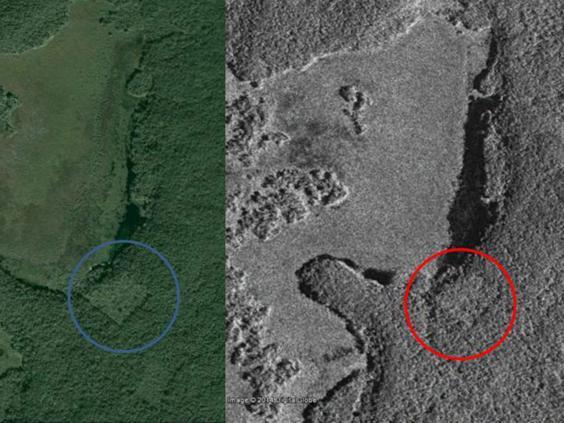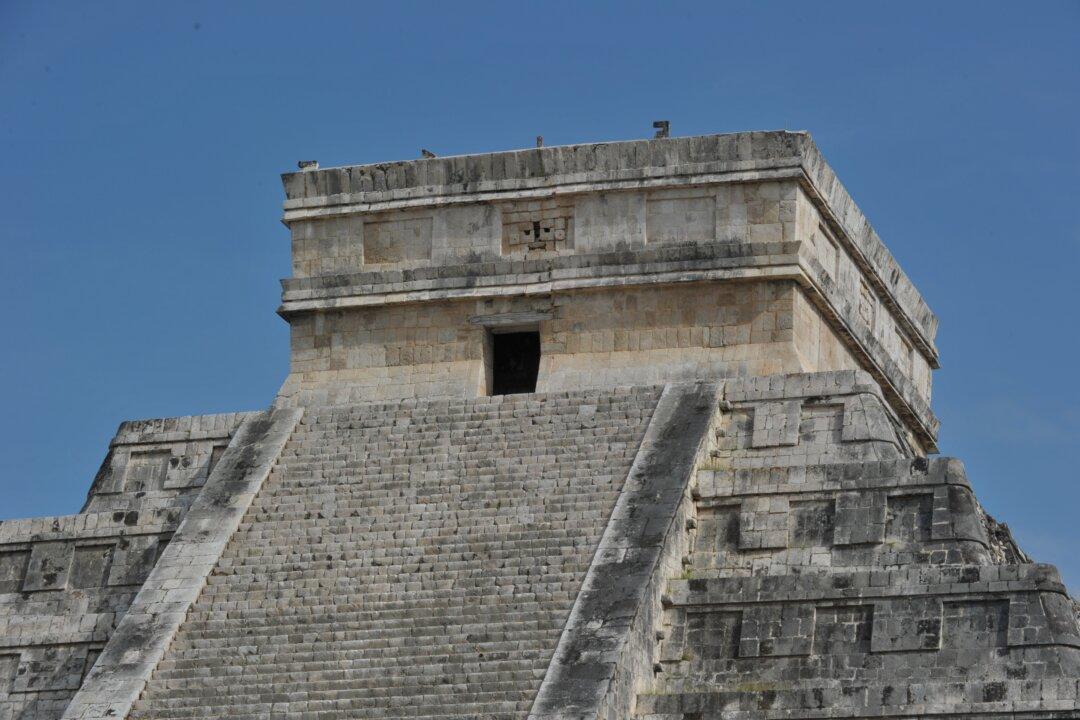William Gadoury, a 15-year-old boy, reportedly discovered an ancient Mayan city using satellite photos and ancient astronomy.
Gadoury, from Quebec, hypothesized a theory that Mayans chose the location of their cities by star constellations, according to Le Journal de Montreal.
The teenager discovered that the ancient civilization’s cities lined up with Mayans’ major constellations. Gadoury analyzed 22 Mayan constellations, and found that the stars pinpointed the exact position of 117 Mayan cities.
“I did not understand why the Maya built their cities away from rivers, on marginal lands, and in the mountains. They had to have another reason, and as they worshipped the stars, the idea came to me to verify my hypothesis,” Gadoury told Le Journal de Montreal.
“I was really surprised and excited when I realized that the most brilliant stars of the constellations matched the largest Maya cities,” he added.
Gadoury used satellite images from the Canadian Space Agency and located the area on Google Earth. The teen discovered the city, where the stars suggested it would be located, in Yucatan, Mexico. The area, which has not been explored yet, is in the jungle K'aak Chi, or Mouth of Fire.





